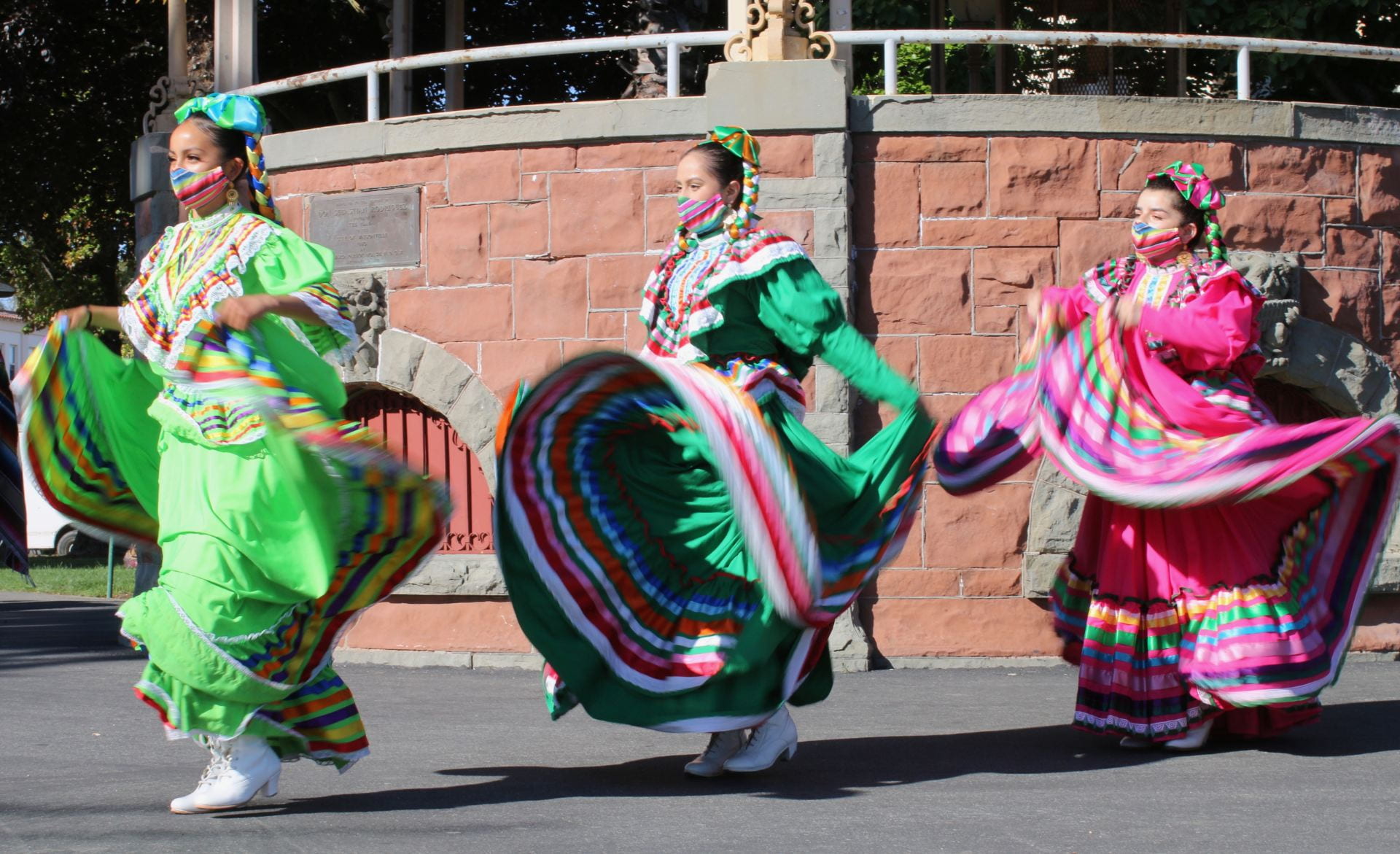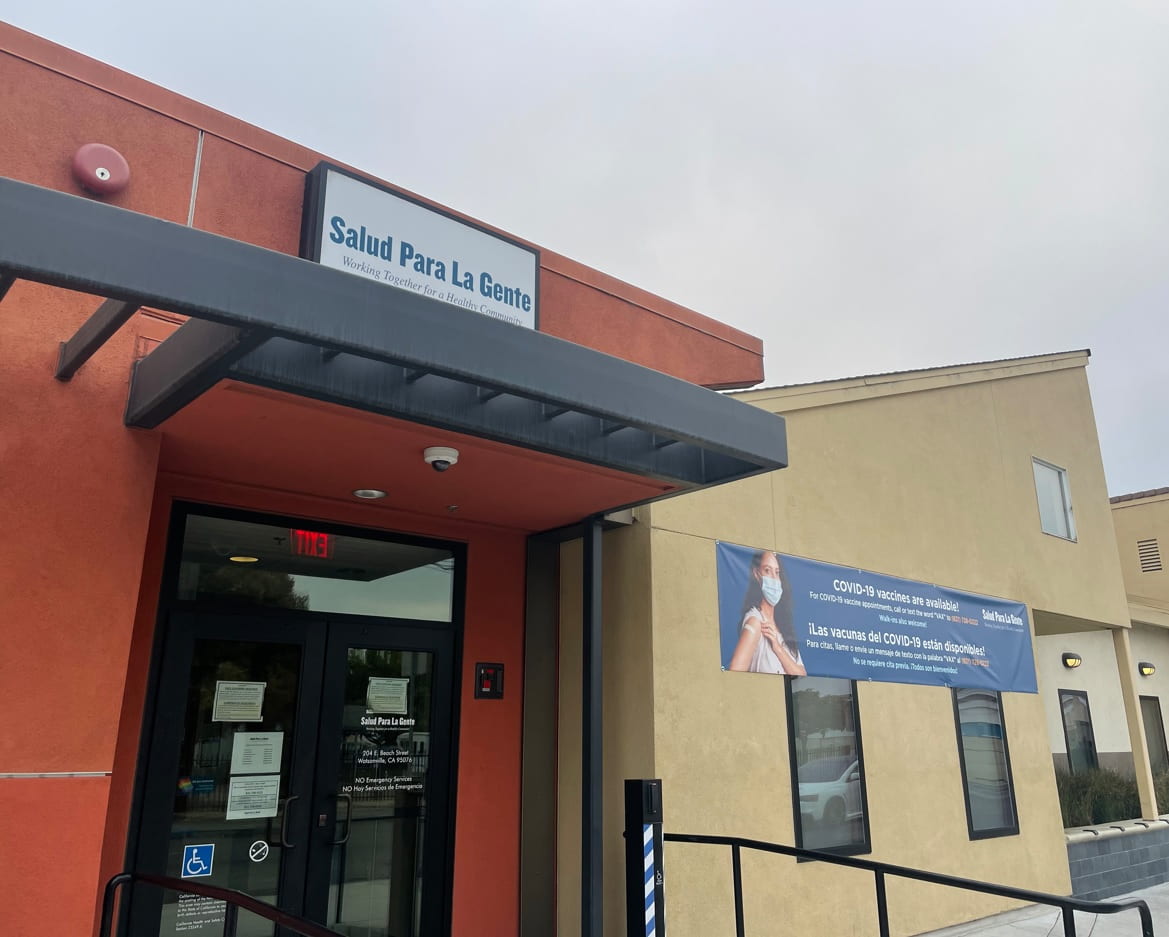Youth and Rising Generation
Belonging
The youth experienced a sense of belonging with the help of and participation in community organizations like NGOs, clubs, social organizations, political groups, and churches that help create connections to the rest of the community. Youth developed a positive sense of belonging by being directly involved in building community spaces and organizations and developing immigrant/community leadership. This is palpable when we consider that community was the most mentioned channel to connectivity and belonging. Youth leadership goes beyond empowering the leaders themselves; it also creates a safe space of belonging where they can lead by example, paving the way for the rising generations.

The role that community organzations play in fostering youth a sense of belonging through community support can be felt in the quote below, Vinnie is a 16 year old, first generation, undocumented student. They were born in Mexico City and now live in Santa Cruz. Through Senderos, they were able to create a sense of belonging and obtain a support system.
V: Well for me Senderos helped me a lot because you know I didn’t know about it culture over there and it helped my brothers as well because they wanted to stick with the culture that they don’t want to forget what they had over there in Mexico so Senderos really helped them learn more and expand their understanding as well as learn about dancing, music and it really they gave them opportunities academically and they were just always there it was kind of like a second family always supported them no matter what and in any help that they needed they were always there.
Non-Belonging
The youth experienced not belonging or exclusion in environments of hostility and where they lacked connections and relationships with major institutions like schools, universities, or the government. It is striking that more than 25% of all conversations about alienation featured institutions as exclusionary actors. The lack of documentation and rights are also an exclusionary variable for the youth.

The relationship between youth and exclusion as an undocumented immigrant is shown in the quote below with Marina, a 38-year-old 1st generation immigrant from Mexico. She was previously undocumented but is now a resident; in her adolescence, she faced exclusion from institutions due to her documentation status.
I: Do you think your resident status influences your identity?
M: Ahhh well… Yes. Still yes, because when you’re undocumented, when I lasted here I was undocumented I was- I was already going to turn 19, from 19 to 23. uh, like at 24 because I went back to Mexico. Those years that I was like that without papers, ah I couldn’t work. Um had no benefits, almost nothing. So, and with the residence well yes, ah you already have good insurance that you can work. […] they have more opportunities like, if you get hurt at work or something, you have the disability, if you get laid off from work, you can open unemployment, and if you don’t have residency, you can’t do any of that. And besides, […], like to apply, now I think, and as people who are undocumented, they have Medi-Cal also for their children something like that, but when I at that time I was here, I couldn’t have the Medi-Cal either. Eh there are many things that were against when you are undocumented, and when they have their residency well they have more support. Yes, and it’s like it’s support for you, for your person
